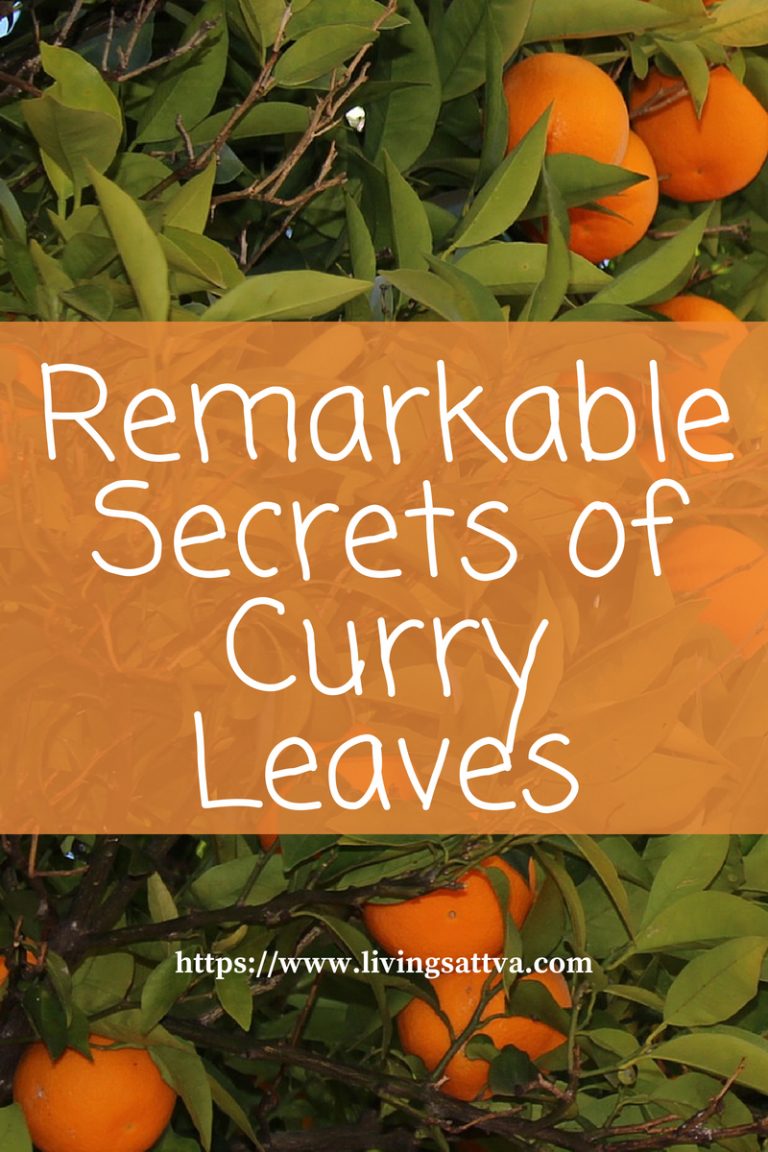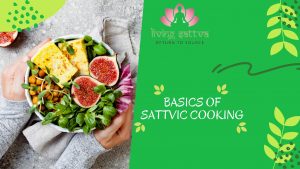Curry leaves to the rescue
Often the most innocuous things in our life are also the most powerful tools that will help us. Take the curry leaves for instance. When I was younger, whenever I encountered curry leaves, I would set it aside. If it was included in Medhoo wadda or Aama wada, I would eat it. If you added to bonda, I would not complain. If I encountered curry leaves in Porricha kozambhu or upma or potato saagu, I would grumble a lot. In fact, I went beyond grumbling and put the leaves aside.
Smell? That’s good!
I complained that the curry leaves smelled. It does have strong, peculiar smell. Now, eat it! This drastic change comes from life experiences. It began when I went to Turkey for a short 10-day conference related to work. During the visit, I missed Indian food too much. I could not eat the local food. The smell of meat in the dining hall was not helping me at all. Then, I heard about an Indian restaurant in downtown. I took a tuk-tuk and went to the eatery. It was not an Indian restaurant. The person who ran the restaurant had been to India and lived there for some time. He offered to make me dal and roti. When the #food came 20 minutes later, the first thing I smelled was the fragrance of curry leaves! The dal was plain and did not have turmeric or any other spice. I relished it! The power of curry leaves, I will never forget.
Goodness in the curry leaves
Curry leaves are packed with carbohydrates, calcium, phosphorous, iron, magnesium, copper, and minerals. The leaves are also rich in vitamins like vitamin C, vitamin A, vitamin B, and vitamin E. In addition, the curry leaves have fiber, nicotinic acid, flavonoids, antioxidants, plant sterols, amino acids, and glycosides.
Carbazole alkaloids present in curry leaves give it their signature smell. The carbazole alkaloids in the leaves also have antioxidant properties. If you are interested to know more about more details about the Carbazole alkaloids, it includes alkaloids such as mahanimbine, murrayanol, mahanineoenimbine, O-methylmurrayamine A, O-methylmahanine, isomahanine, bismahanine and bispyrayafoline. Recent studies show these #chemicals can repel mosquitoes and other insects. These chemicals also have antimicrobial properties.
Medicinal properties of curry leaves
Recent studies show that curry leaves have a range of medicinal properties that have not been closely studied before. Many of these studies remind me of the traditional remedies made by my grandmother. For example, during summer, when it was hot and all of us kids were prone to diarrhea, my grandma used to make watery yogurt with curry leaves and salt. She would keep this in an earthen pot in a corner in the kitchen. When the cool drink washed down our parched throats, it used to be sheer joy. The curry leaves, more precisely the carbazole #alkaloids from curry leaves can reduce #diarrhea.
In ancient Ayurveda #medicinal system, curry leaves were considered to have several special #healing properties. It is known to be a mild laxative, aid in digestion, and clean the colon. Curry leaves have rich antioxidant properties that help to reduce #stress, control #blood #sugar and #diabetes, #fight #cancer, and #lower #cholesterol levels.
Curry leaves are excellent for hair care. The alkaloids strengthen the roots of the #hair. Living Sattva posted a new video on how to make your own nutritious hair oil using curry leaves. The juice or paste of the curry leaves fastens healing when applied to burns, cuts, bruises, skin irritations, and insect bites. Curry leaves contain high amounts of vitamin A and therefore is good for eyesight.
Curry leaves at home
It is easy to grow curry leaf #plant at #home. If you live in colder climates. You need to bring the plant indoors during colder climates and cool nights or days. You can also get bunches of curry leaves at the #Indian or oriental store. Wash it well, dab it dry and pull the leaves apart. Keep the leaves in a clean ziplock back. If you don’t like storing in plastic, you can also use a metal or porcelain dish lined with moist paper and place the leaves in there. The leaves need some air circulation. The leaves remain aromatic even after they dry.
Now that you know so many amazing things about curry leaf, #share it with everyone you know.
Sign up for a chance to win one copy/ digital copy for our free book give away today!




